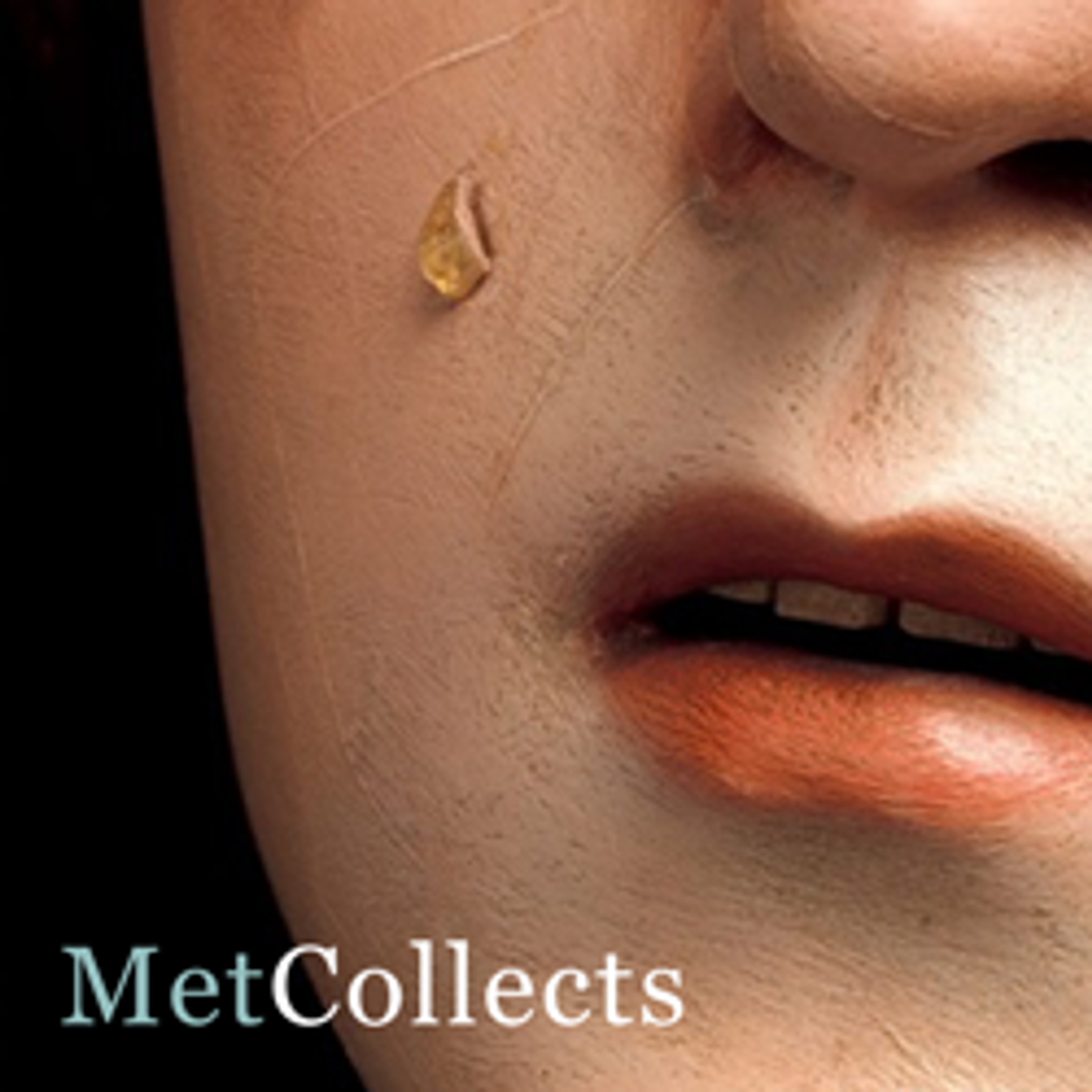Pair of Percussion Target Pistols Made for Display at the Crystal Palace Exhibition in London, 1851
Made by the Parisian gunsmith Alfred Gauvain (1801–1889) for display at the Great Exhibition of the Industry of All Nations in London in 1851, these pistols are masterpieces of iron chiseling in the Renaissance Revival style that was popular in mid-nineteenth-century design. Designed by the sculptor and ornemanist Michel Liénard (1810–1870), they were praised at the time as works of modern art that rivaled in beauty of execution many older firearms preserved in national museums. The inspiration for the lizards, snakes, and frogs amid vine branches was perhaps provided by Renaissance goldsmith's works (silver by Wenzel Jamnitzer of Nuremberg) and ceramics (French Palissy ware).
Artwork Details
- Title:Pair of Percussion Target Pistols Made for Display at the Crystal Palace Exhibition in London, 1851
- Gunsmith:Signed by Alfred Gauvain (French, Paris 1801–1889 Paris)
- Designer:Designed by Michel Liénard (French, La Bouille 1810–1870 Brussels)
- Barrelsmith:Barrels by Léopold Bernard (French, Paris, active 1832–70)
- Date:dated 1851
- Geography:Paris
- Culture:French, Paris
- Medium:Steel, wood (ebony), gold
- Dimensions:L. of each pistol 17 1/4 in. (44 cm); L. of each barrel 11 3/8 in. (28.8 cm); Cal. of each barrel .46 in. (12 mm)
- Classification:Firearms-Pistols-Percussion
- Credit Line:Purchase, Arthur Ochs Sulzberger Bequest, 2013
- Object Number:2013.513.1, .2
- Curatorial Department: Arms and Armor
More Artwork
Research Resources
The Met provides unparalleled resources for research and welcomes an international community of students and scholars. The Met's Open Access API is where creators and researchers can connect to the The Met collection. Open Access data and public domain images are available for unrestricted commercial and noncommercial use without permission or fee.
To request images under copyright and other restrictions, please use this Image Request form.
Feedback
We continue to research and examine historical and cultural context for objects in The Met collection. If you have comments or questions about this object record, please contact us using the form below. The Museum looks forward to receiving your comments.
